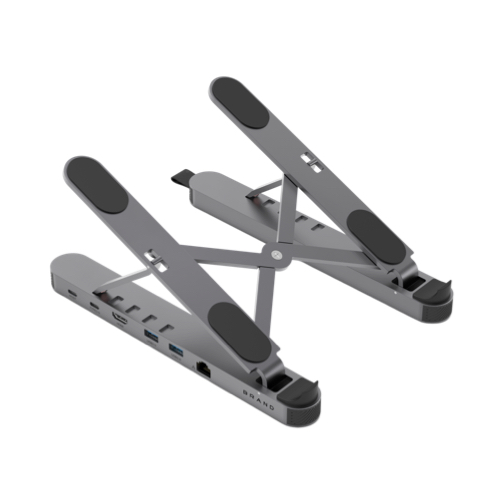Understanding the Limitations of a Computer Display Hub

A computer display hub, also known as a display splitter or multi-monitor adapter, is a device that allows you to connect multiple monitors to a single computer. While it offers the convenience of expanding your workspace and improving productivity, there are certain limitations that you should be aware of.
1. Limited Display Resolution and Refresh Rate
One of the key limitations of a display hub is its impact on display resolution and refresh rate. When you connect multiple monitors to a hub, the resolution and refresh rate of all connected monitors are limited to the lowest supported resolution and refresh rate among them. This can result in a decrease in image quality and fluidity, especially if you have a high-resolution monitor connected to the hub.
2. Bandwidth Limitations
A display hub relies on a single connection, such as HDMI or DisplayPort, to transmit video signals to multiple monitors. This means that the available bandwidth is shared among all connected monitors, leading to potential bandwidth limitations. As a result, you may experience lag, image tearing, or reduced responsiveness, especially when running graphics-intensive applications or playing high-definition videos.
3. Compatibility Issues
Another limitation of a display hub is compatibility with certain graphics cards and operating systems. Some hubs may not support certain resolutions, color depths, or monitor configurations. It's important to ensure that your display hub is compatible with your computer's hardware and software specifications to avoid any compatibility issues.
Resolving the Display Hub Limitations
While there are inherent limitations with display hubs, there are several ways to resolve or minimize these limitations:
1. Use a DisplayPort Hub
If possible, consider using a DisplayPort hub instead of HDMI or other connectors. DisplayPort offers superior bandwidth capabilities, allowing for higher display resolutions and refresh rates compared to other interfaces. This can help overcome some of the limitations related to image quality and fluidity.
2. Utilize a Graphics Card with Multiple Outputs
An alternative solution is to use a graphics card with multiple outputs. Instead of relying on a display hub, you can connect each monitor directly to the graphics card. This eliminates the limitations associated with shared bandwidth and reduces the impact on display resolution and refresh rate.
3. Upgrade to a Thunderbolt Dock
If you require high-resolution displays and demanding tasks, consider upgrading to a Thunderbolt dock. Thunderbolt technology offers significantly higher bandwidth compared to traditional display connectors, allowing for better performance and compatibility with various monitor configurations.
Conclusion
While computer display hubs offer the convenience of connecting multiple monitors to a single computer, they do have limitations that can impact display resolution, refresh rate, and overall performance. By understanding these limitations and exploring alternative solutions such as using a DisplayPort hub, utilizing a graphics card with multiple outputs, or upgrading to a Thunderbolt dock, you can overcome these drawbacks and enhance your multi-monitor setup for improved productivity and visual experience.



